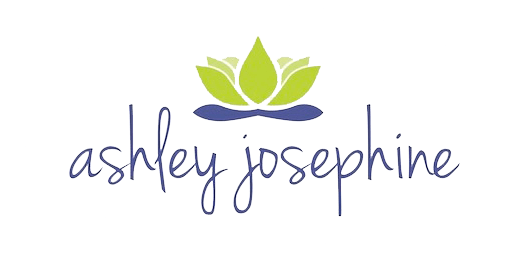Mudra is a yogic tool to help cultivate specific attitudes, such as joy, happiness, concentration, or healing.
I haven’t spent a whole lot of time on mudras on this blog but in my own life I’ve used mudras since almost the beginning of my practice.
The mudra I’m sharing with you today is one that I was not aware of until recently, even though it seems to be somewhat well-known. You don’t typically find this mudra in the classical texts (at least I haven’t and I spend a decent amount of time in the classical texts :)).
In fact, I came across this mudra during a stand up paddleboard yoga class that I recently took while in Hawaii. It was a lovely setting to be introduced to such a tool. I particularly enjoyed the meaning derived from using this mudra while floating on water.
Meaning of the mudra
The conch mudra, Shankh in Sanskrit, helps one develop an attitude of strength and clarity, particularly in expression through sound. When you think about the powerful sounds that come from the conch shell, the name and meaning makes sense.
In Ayurvedic circles, this mudra is said to help heal ailments of the throat (fifth chakra). Sound is a powerful way to move emotion energetically through the body, so combining this mudra with Om’s, hums, or imagining the sound a conch shell makes can be a nice add-on. I recommend practicing this mudra in meditation or a contemplative practice — adding asana can bring on balance challenges, as we often need both our arms and hands in asana.
Short conch mudra meditation practice
If you’re short on time, create the conch mudra with your hands and place the hands in front of your heart. Close your eyes if that’s comfortable and become aware of your senses – sounds, smells, tastes, sensations, etc. Take a few deep breaths in and out, listening to the sound of the breath. If you’re able and familiar, add in a few rounds of Ujjayi and become particularly curious about the sensation and sound in the throat. Ask yourself what you need to say. Then, be silent and allow your unconscious mind to speak up. Try not to let your ego get in the way. Notice what comes up. Then, take a few rounds of Om, either out loud or internally. End with a couple breaths and take a moment to write down what it is that you feel you need to say out loud. Say it out loud to yourself, to someone who needs to hear it, or write in your journal more to work through why it is that you feel you need to express what is having trouble getting out.
Today’s video gives you the low-down on the conch mudra and how to do it.
Namaste!





